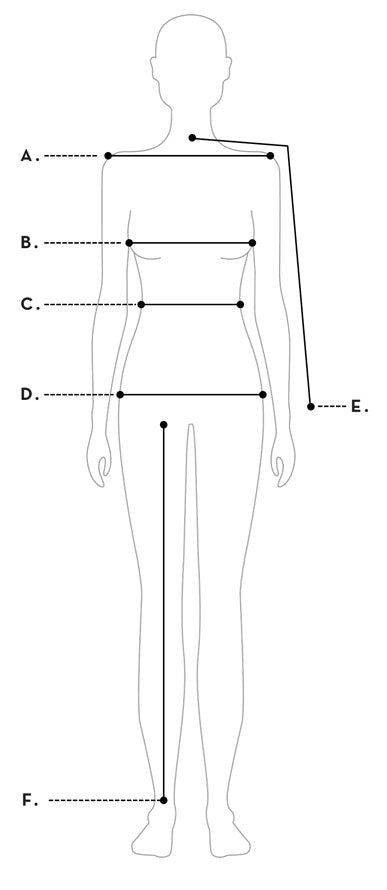

Master Class
Artist Reyna Noriega on Turning Your Passion into a Career7 Tips to Turn Your Passion into a Career
2. Build confidence within yourself. My mentor once asked me what I wanted to do. I said I wanted to be an artist. She replied, "Do you not create art? Well, then, you're an artist." She didn't need to see my work, she didn't need to see how good I was. You should give that type of validation to yourself.
3. Know how badly you want something and how badly you'll work for it. People's opinions won't get to you because you know who you are and what you're capable of.
4. Put yourself in positions to learn.
5. Befriend people, genuinely, and offer help.
6. Be flexible; don't get stuck. If you don't have the resources or connections, return to an idea when you do.
7. Last but not least: Gratitude. Be grateful for what you have. Whatever you have, it's already enough or it'll never be enough. You may not be "there" yet, but you have what you need to continue to build on your dream. I didn't see changes in my life until I started showing gratitude for what I had.
Q&A
Art, and creativity in general, has always been around me. My dad was an artist. I took art classes in high school, but fell out of it. Deep down, it was something I wanted to do, but I hadn't figured out what my comfort zone was. It wasn't till I was teaching that I found my creative flow and freedom of expression—I learned how to enjoy the process.
A lot of changes happened at the school. I ended up having a choice: Am I going to invest thousands of dollars into a career I had, that I loved but never planned on, or is it time for me to think bigger, think differently? I listened to my intuition. It was a hard decision, and scary to take the leap, but I'm grateful that I've learned over the years to listen to my gut. I'm very sensitive to ways that I can be proactive and so I felt like I was being nudged.
Save money and look at other options that come your way. When the time comes, you'll know and you'll have a plan.
So many things. I love the conversations art can start and the way it constantly challenges me. You know, just because you work for yourself doesn't mean things suddenly get easier. In a lot of ways, it gets harder. You have to rise to the challenge and continue to grow.
I listen to my body. Sometimes you just need rest. I've learned to give myself the time to feel whatever I'm feeling, to reflect on whatever I need to reflect on, because it usually forces me to pay attention to something I'm missing that needed healing. And that makes room for growth.
It helps that I'm not forced to a specific media or project. I write, illustrate, paint—if one is not flowing, I can always table it and move to another.
Shop the Look
Art has the ability to make people feel better, make them feel seen and understood. It can educate, break stigmas; it can unify. For me, personally, I want my art to make the world a better place.
Being isolated this past year helped me focus. I started to examine what I was feeling and why I was feeling that way. I asked myself, What do I want to create? What message do I want to be? I learned to not compare myself to other people and to strip away stuff that didn't matter. I got to the core of who I am and what matters to me—and that was representation, my experience as a woman and self-love. I wanted to put more powerful, feminine figures out into the world.
My iPad Pro, my laptop and my journal.
It's about personal growth. I noticed people will go on a loop—learn the same lessons, complain about the same thing, the same job, and not realize they have the power to be where they want to be. I want people to see the value of self-love. I figured if I put my vulnerabilities on the page, it could help others and serve as a blueprint.
The more vulnerable you are with yourself, the more truthful you can be with yourself. When you have that kind of peace, it's unmatched. That's the reward.




